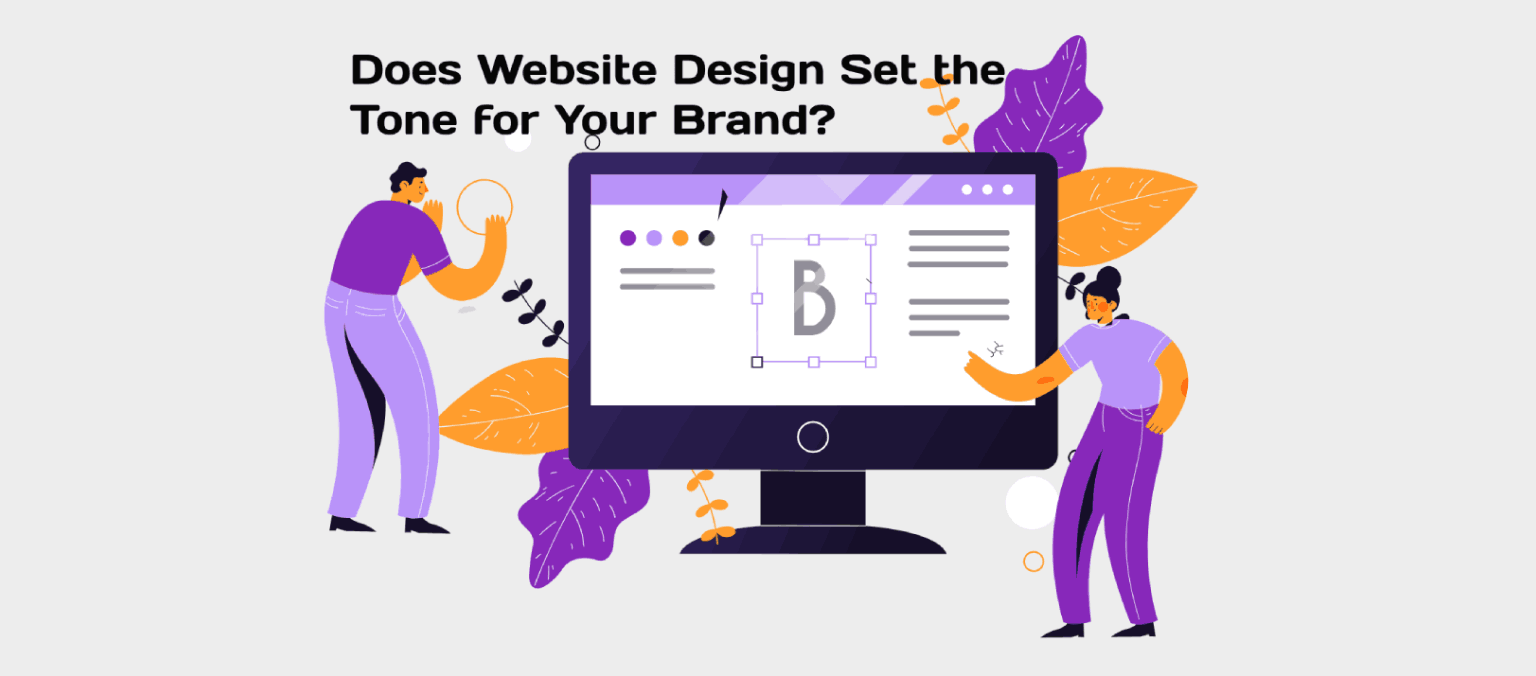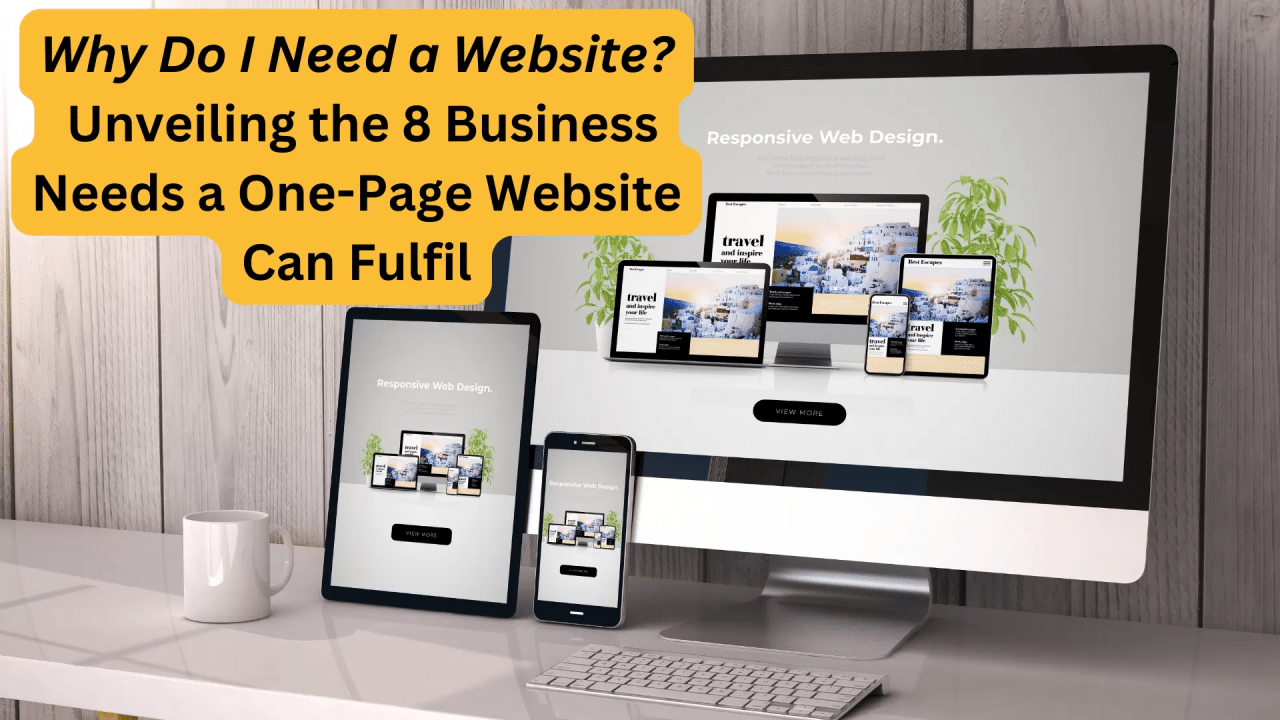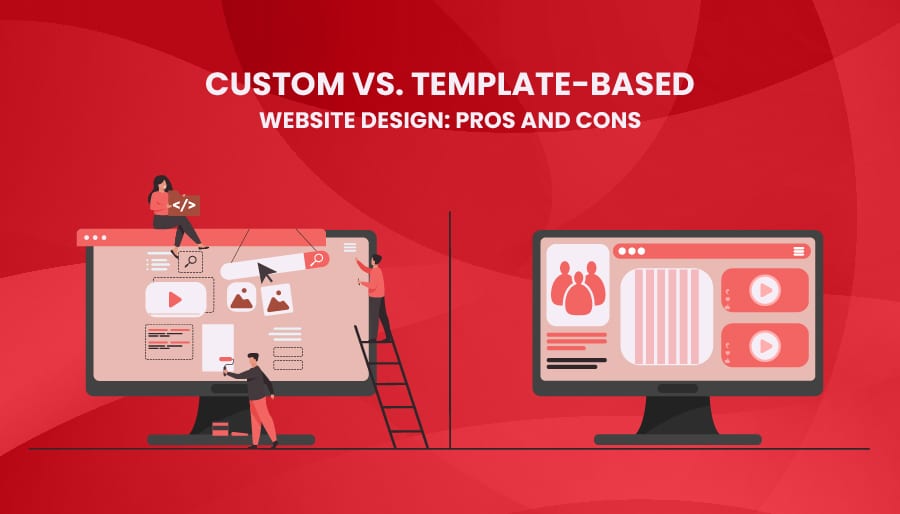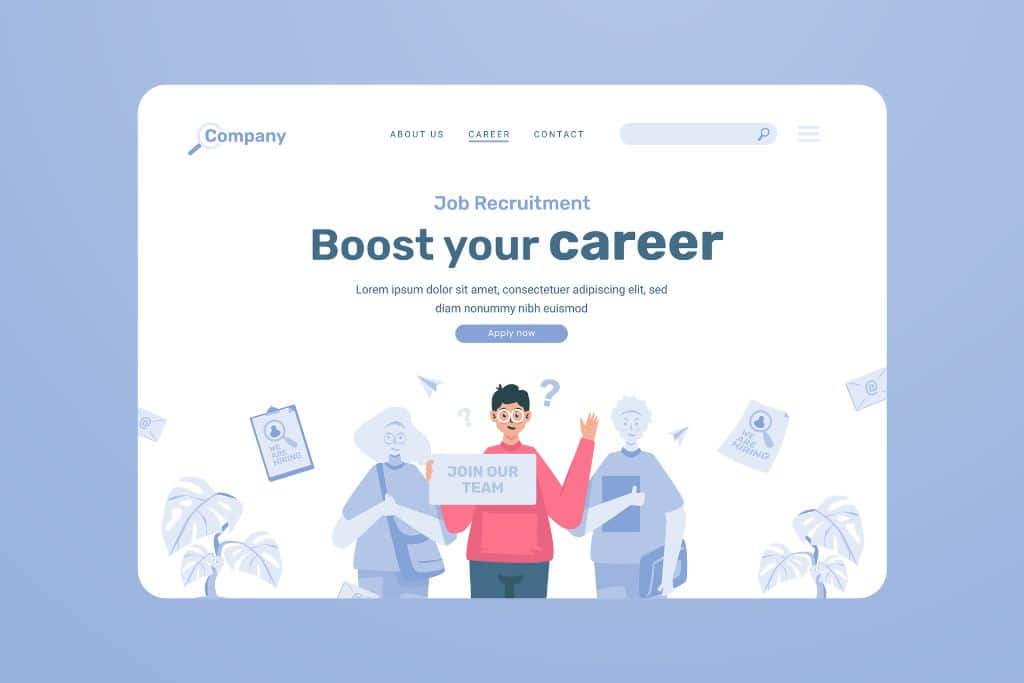How a Great Website Design Impacts Your Brand Perception
Introduction
In today’s digital-first world, your website often serves as the first impression of your brand. Whether you’re a startup, a freelancer, or a growing business, how your website looks, feels, and functions says a lot about who you are.
So, how does great website design impact your brand perception?
In short: it builds trust, communicates professionalism, and influences whether people choose to engage with your business—or bounce.
Let’s dive into exactly how web design shapes how people perceive your brand and walk through a step-by-step guide to ensure your site leaves the right impression.
Why Website Design Matters for Brand Perception
Think of your website as your digital storefront. Just like you’d judge a brick-and-mortar store by how clean, organized, and welcoming it is, users subconsciously judge your brand by your website’s layout, colors, speed, and content structure.
Here’s how:
-
First Impressions are Instant: Studies show users form an opinion about a website in just 0.05 seconds.
-
Design Equals Credibility: 75% of users admit they judge a company’s credibility based on its website design.
-
Consistency Builds Trust: A design that aligns with your brand’s visual identity makes you appear reliable and professional.
Step-by-Step: How to Design a Website That Boosts Brand Perception
Step 1: Define Your Brand Identity First
Before jumping into design, get crystal clear on your brand’s personality, tone, and values.
Ask yourself:
-
What do I want people to feel when they visit my site?
-
What colors, fonts, and imagery represent my brand?
-
Am I modern and edgy, or traditional and trustworthy?
Tip: Create a simple brand style guide to align visuals with your messaging.
Step 2: Prioritize User Experience (UX)
Good design isn’t just about how things look—it’s about how things work. UX (user experience) plays a major role in how people perceive your brand.
Key UX Principles to Follow:
-
Fast load times (under 3 seconds)
-
Mobile-first design
-
Clear navigation
-
Logical layout
-
Accessible for all users
Why it matters: A confusing or slow website signals disorganization and frustration—not the vibe you want to give off.
Step 3: Use Visual Consistency Across All Pages
Your logo, colors, font choices, button styles, and imagery should be cohesive on every page. This builds brand recognition and reinforces your identity.
Consistency builds:
-
Trust: Users know they’re still on your site.
-
Professionalism: A polished look reflects well on your brand.
-
Memorability: Design elements become identifiers of your business.
Pro tip: Use design systems or templates to maintain consistency, especially as your website grows.

Step 4: Leverage Color Psychology
Colors evoke emotion—and smart brands use this to their advantage.
Examples:
-
Blue = Trust, stability (used by banks and tech companies)
-
Red = Passion, urgency (used by sales-driven brands)
-
Green = Growth, sustainability (used by eco-friendly brands)
Choose a primary brand color and 1–2 secondary colors that complement your message. Don’t go overboard—simplicity wins.
Step 5: Optimize for Mobile Devices
Over 60% of website traffic now comes from mobile devices. If your site isn’t mobile-optimized, you risk alienating a majority of your audience.
A mobile-friendly website:
-
Resizes correctly across screens
-
Has tap-friendly buttons and menus
-
Loads quickly on slower mobile connections
Brand impact: A smooth mobile experience makes you look modern and customer-focused. A clunky one? Outdated and careless.
Step 6: Use Authentic, High-Quality Visuals
Stock photos can sometimes feel impersonal or generic. To build a real connection, consider using:
-
Custom photography
-
Branded illustrations
-
Product images that reflect your real offerings
Why it matters: Visual authenticity boosts trust. People can tell when an image feels staged—and it can hurt your brand’s credibility.
Step 7: Include Social Proof and Trust Signals
Your site design should make it easy to showcase testimonials, reviews, case studies, or client logos.
Design these elements into your layout—don’t just tack them on. When placed strategically, trust signals:
-
Reinforce your authority
-
Ease hesitation
-
Make your brand more relatable
Bonus tip: Include awards, media mentions, or certifications if applicable.
Step 8: Tell a Story with Your Design
Don’t just design pages—design journeys.
Your website should guide visitors from the first click to a conversion point (like contacting you or buying a product), while telling a cohesive story along the way.
Use design to lead the eye:
-
Hero sections that communicate your value
-
Clear CTAs (call to actions)
-
Visual hierarchy (larger headers, color contrast)
A brand that leads users intentionally comes across as smart and thoughtful.
Real-World Example
Let’s say you run a boutique interior design studio.
Bad Design:
-
A cluttered homepage with no clear message
-
Inconsistent fonts and colors
-
Pixelated portfolio images
-
Difficult contact form
Result: Visitors think you’re amateur or out of date.
Great Design:
-
A clean, elegant homepage with curated images
-
Sophisticated font pairings and a soft color palette
-
Easy-to-browse gallery and quick inquiry form
Result: Visitors associate your brand with style, detail, and professionalism.
That’s the power of great website design—it translates your offline brand into the digital space.
FAQs About Website Design and Brand Perception
1. How often should I update my website design?

Every 2–3 years is a good rule of thumb, but you should always tweak based on user behavior, trends, and evolving brand goals.
2. Do I need a professional designer or can I use a website builder?
DIY builders like Webflow, Wix, or Squarespace are great for small businesses, especially with templates. But if branding is a major differentiator for your business, hiring a designer may give you a competitive edge.
3. Is it worth investing in custom branding before designing my site?
Absolutely. Your logo, fonts, and brand colors should guide your website’s design from the beginning. Otherwise, you risk sending mixed signals.
4. How do I know if my current website is hurting my brand?
Red flags include:
-
High bounce rates
-
Low conversions
-
Visitors not staying long
-
Outdated visuals or broken features
Use analytics and ask real users for honest feedback.
Final Thoughts
Your website isn’t just a place for information—it’s a reflection of your brand. A thoughtfully designed website can elevate your business, build trust with visitors, and leave a lasting impression that leads to action.
Remember, it’s not about having the fanciest animations or the trendiest features. It’s about clarity, consistency, and a design that aligns with who you are as a brand.
So if you’re serious about brand perception, start by taking a hard look at your website design—it might just be your most powerful branding tool.






